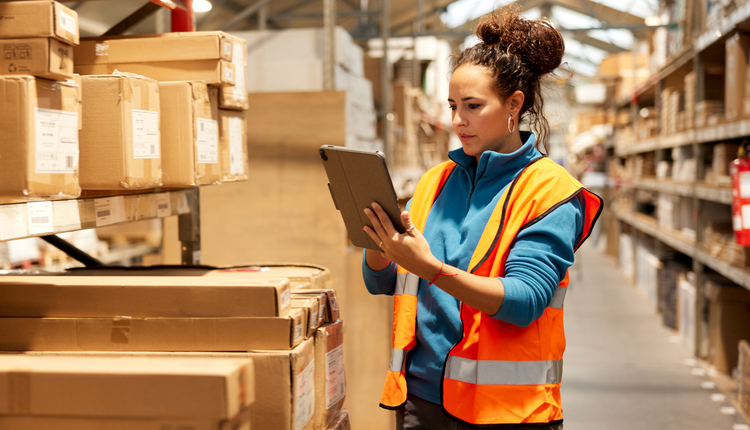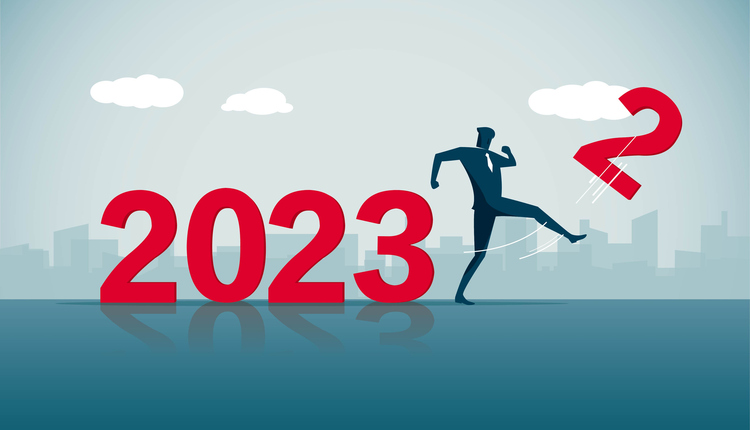Our industry is seeing innovations that will change the way we operate the complete supply chain. Blockchain will improve transparency, reliability, and efficiency. Mobile robots are gaining traction, as many e-commerce companies pick-to-cart. This robot chooses the path and stops at each pick to ensure your order filler follows the correct pick path and stops at the correct location. There are companies that will even rent the robotic carts during peak times so you don’t have to invest in something that you will only use two or three months a year.
Companies are also focusing on predictive analysis solutions, which offer faster and better decision making. Artificial intelligence solutions transform raw data into actionable insight and decision-making tools.
But even with all the new innovative ideas, products, and systems, data migration is very much a key to success. This past holiday season, two of my orders (both from well-known companies) were duplicated. One company just told me to keep the item because of the expense of shipping it back, restocking, etc. Another company told me to take it to a UPS drop off to be returned. When I asked someone how this happened, I was told, “The system crashed, and when it was rebooted, the orders were caught in the void and duplicated.” I couldn’t help but think that I’m just one person out of the millions of people that placed e-commerce orders this Christmas, and I had two duplicate shipments. How many duplicate shipments happened across the US? Even with the best state-of-the-art technology, someone needs to be minding the store, so to speak.
You may be wondering how you get to a place to utilize all the new technology while still operating efficiently and effectively. Start from where you are! Review your current results during peak season. Where were the headaches, bottlenecks, and costly problems? Brainstorm solutions with your teams on how to correct each area and better utilize your existing material handling equipment, technology, and processes. Next, get ideas on each functional area and how to improve. The best way to look at this is to consider your people, process, technology, and equipment. Rank each area on a scale of 1-5 (5 being the best). Obviously, you want to find solutions for the areas rated 1 and then go up from there. Often, you may not need to spend money but just change your existing process. Once you get the input from your diversified team, bring in an industry expert. You only know what you know; it would be worth a couple of days to hear what an industry expert would do to fix existing. Remember, you want to make sure to optimize your existing processes and identify areas of improvement before you even think about adding automation to the mix.
Meanwhile, innovation continues to shape the industry. There are plans being made to enhance the last-mile delivery stage of order delivery. UPS has e-bike trials going on in two major cities. Orders will be delivered by an electric bike in areas that parking is not readily available. Amazon is looking at last-mile delivery also with its Amazon Flex program. You, too, can be a last-mile delivery person by signing up for the Amazon Flex program. Amazon is hiring individuals to deliver their packages in areas where last-mile delivery is more difficult or doesn’t make sense. The company is looking to make delivery one of its core competencies. By placing orders for electric delivery vans, planes, and semi-tractors, delivery will definitely get interesting in the next three to five years. I can’t wait to see what else happens.
Susan Rider, President, Rider & Associates, and Executive Life Coach, can be reached at susanrider@msn.com.
This article originally appeared in the January/February, 2020 issue of PARCEL.



















